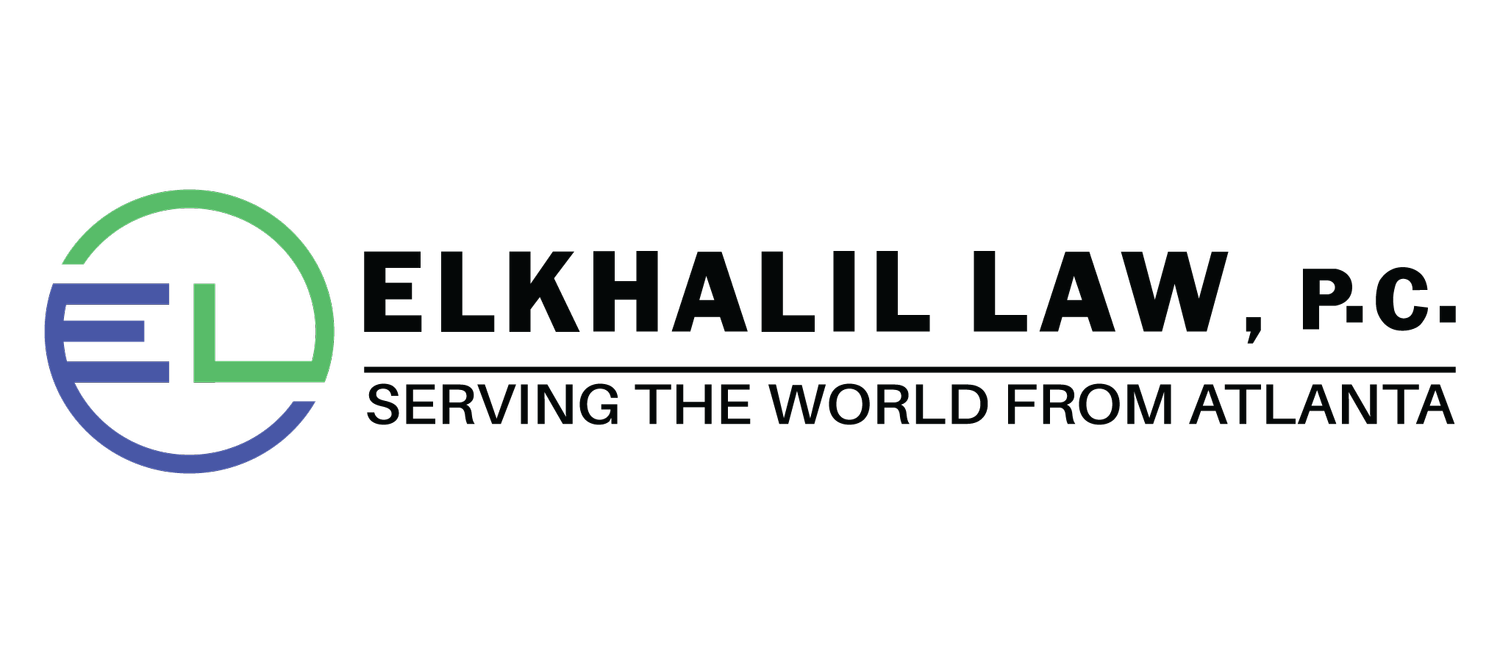Freedom of Expression, Only If We Agree: Freedom of Expression Depending on Who You Are
Introduction
Freedom of expression is a fundamental human right, enshrined in many constitutions and international agreements as a cornerstone of democracy and individual liberty. It is the bedrock upon which diverse societies build their values and progress, allowing citizens to voice their opinions, share information, and challenge the status quo. However, a deeper examination of the concept reveals that freedom of expression is not always as free as we might hope. The extent to which this freedom is truly accessible often depends on who you are, highlighting the inherent complexities and challenges surrounding this critical human right.
The Ideal of Freedom of Expression
In an ideal world, freedom of expression should be absolute and unbounded, allowing every individual to express their thoughts, beliefs, and opinions without fear of censorship or persecution. This ideal is rooted in the belief that open discourse and the free exchange of ideas lead to a more enlightened and democratic society. It provides the space for individuals to challenge existing norms, expose corruption, and promote social progress. Yet, in reality, freedom of expression is often constrained, and its boundaries vary greatly from one context to another.
The Selective Nature of Freedom of Expression
It's essential to recognize that freedom of expression is not applied uniformly. Instead, it is often subject to limitations based on an individual's identity, beliefs, or socio-political context. This selectivity can manifest in various ways:
Government Suppression: In many countries, governments impose restrictions on freedom of expression to protect their own interests or maintain their grip on power. They might silence dissident voices, censor the media, or enact restrictive legislation.
Hate Speech and Incitement: While some countries protect hate speech as a form of expression, others consider it a crime due to its potential to incite violence or hatred. The line between free expression and harmful speech can be difficult to define and varies widely across nations.
Cultural Sensitivities: Certain forms of expression may be deemed offensive or disrespectful to specific cultural or religious communities. In these cases, freedom of expression is curtailed to avoid causing offense.
Corporate Control: Private companies and social media platforms wield enormous influence over what can and cannot be expressed online. They can impose their own content policies, which may limit certain forms of expression.
Social Media Echo Chambers: Online algorithms often reinforce pre-existing beliefs by showing users content that aligns with their current views. This can inadvertently restrict diverse opinions and impede open dialogue.
The Power of Privilege
One of the most significant factors influencing the level of freedom of expression an individual can enjoy is their socio-economic and socio-political status. Those in positions of privilege often find their speech less restricted and their voices amplified. Meanwhile, marginalized groups, including racial and ethnic minorities, and those from economically disadvantaged backgrounds, may face greater scrutiny, discrimination, and even threats to their personal safety when expressing themselves.
The Path to an Inclusive Freedom of Expression
To realize the true potential of freedom of expression, society must work towards a more inclusive, equitable model. Here are some steps to move in that direction:
Protect the Marginalized: Legal protections and social support systems must be put in place to safeguard the rights of marginalized communities who are at greater risk when they express themselves.
Promote Media Literacy: Encourage critical thinking and media literacy to help individuals discern reliable information from misinformation, and understand the power structures that influence media narratives.
Ensure Accountability: Hold governments and corporations accountable for their roles in shaping freedom of expression. Transparency and regulation can help mitigate the biases and power imbalances that affect free speech.
Foster Dialogue: Encourage open and respectful dialogue between people with different viewpoints. Promoting empathy and understanding can bridge gaps and reduce polarization.
Redefine Hate Speech: Continue the ongoing dialogue about what constitutes hate speech and work towards a universal definition that respects the principles of free expression while preventing harm.
Conclusion
The concept of freedom of expression, though revered and championed as a fundamental human right, is complex and often limited by a multitude of factors, including power, privilege, and cultural context. To achieve a more inclusive and equitable model of freedom of expression, societies must confront these complexities, recognize their own biases, and work to ensure that all voices can be heard, regardless of who they are. Only then can we approach a true realization of the ideal of freedom of expression, where agreement or disagreement does not determine the extent of one's right to speak.

